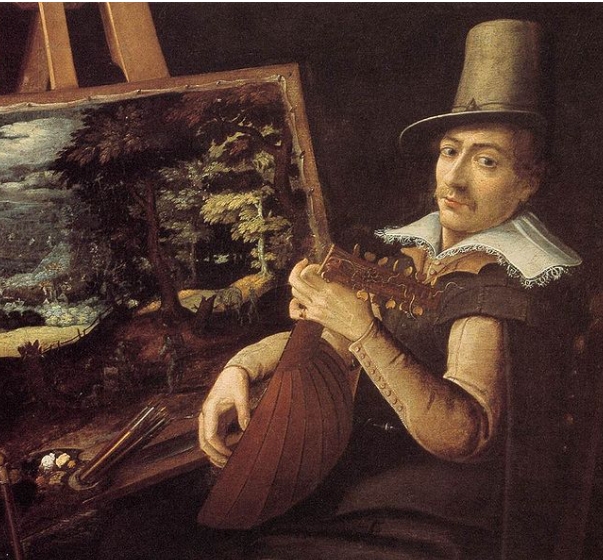Baroque art is characterized by its dramatic use of light and shadow, intricate details, and a sense of grandeur. Baroque self-portraits are no exception to this style, showcasing the artist’s skill in capturing their own likeness with a sense of drama and sophistication.
The Baroque Era: A Golden Age of Artistic Expression
During the Baroque era, which spanned from the late 16th century to the early 18th century, artists sought to evoke powerful emotions and create works that were dynamic and visually captivating. This period saw the rise of renowned artists such as Caravaggio, Rembrandt, and Velazquez, who revolutionized the art world with their innovative techniques and masterful compositions.
Self-Portraits as a Reflection of the Artist’s Identity
Self-portraiture became a popular genre during the Baroque era, allowing artists to explore their own image and convey their individuality through their work. These self-portraits often reveal personal insights into the artist’s psyche, showcasing their inner thoughts and emotions through their facial expressions and poses.
The Complexity of Baroque Self-Portraits
Baroque self-portraits are characterized by their intricate details, expressive poses, and use of chiaroscuro (the contrast between light and dark). Artists would often depict themselves in elaborate costumes and settings, adding a sense of grandeur and theatricality to their portraits.
Decoding the Symbolism
Baroque self-portraits are rich in symbolism, with artists incorporating elements that represent their status, profession, or personal beliefs. For example, a painter may include a palette and brushes in their self-portrait, symbolizing their artistic talent and passion for their craft.
Exploring the Artist’s Relationship with the Viewer
Baroque self-portraits often invite the viewer to engage in a dialogue with the artist, as they gaze back at the viewer with a sense of intimacy and curiosity. These portraits create a sense of connection between the artist and the viewer, allowing for a deeper understanding of the artist’s identity and creative process.
In conclusion, Baroque self-portraits are a fascinating glimpse into the artistic minds of some of history’s greatest painters. Through their use of symbolism, dramatic lighting, and expressive poses, these self-portraits reveal the depth and complexity of the artist’s inner world, inviting the viewer to explore and decode their elegant beauty.



